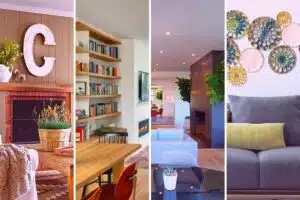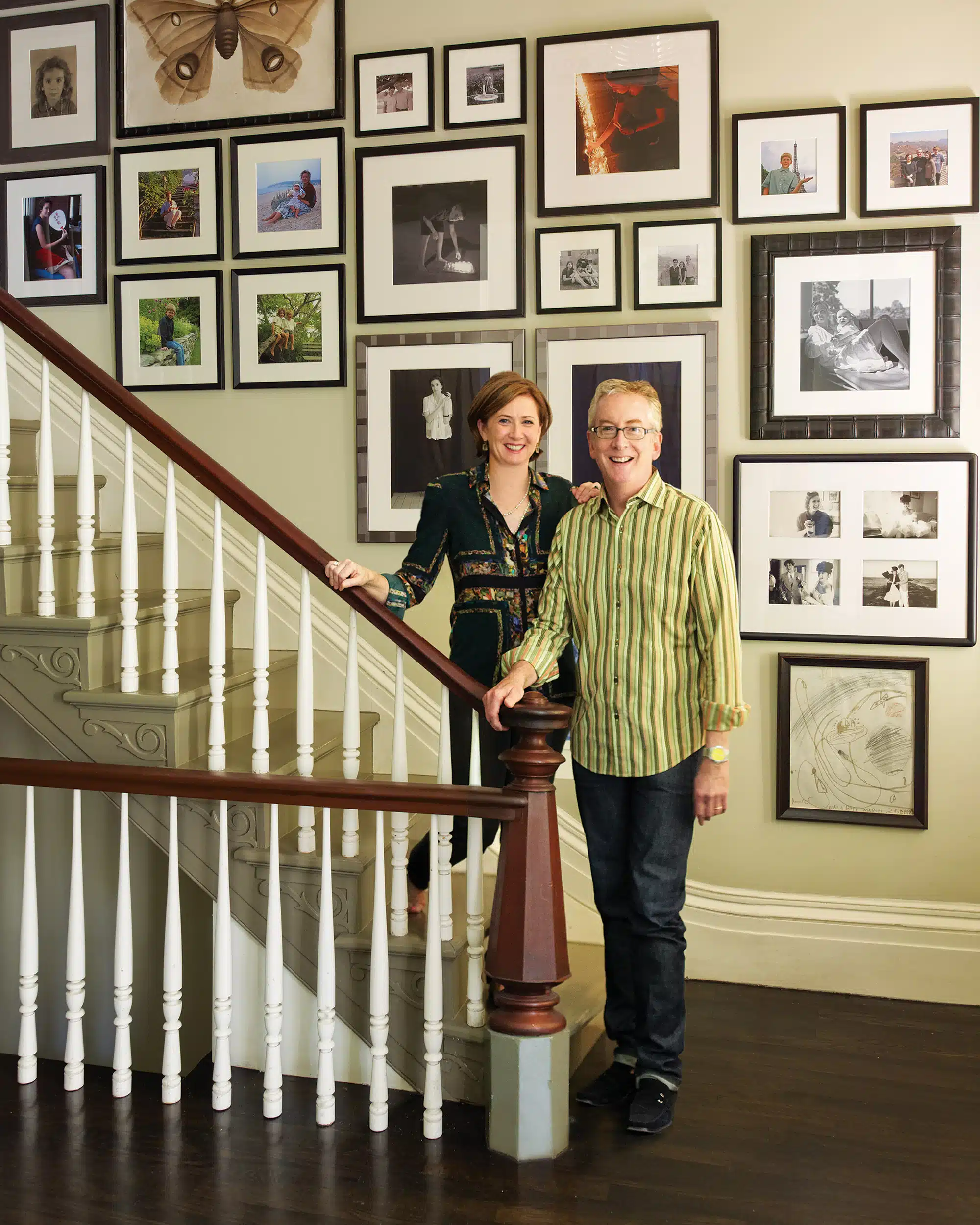Decorating A Rental House – Decorations are what makes a home truly special. Which, it is why many homeowners go crazy with personalizing both the interior and exterior. Rented houses, however, are often toned down to fit the general and/or the landlord’s taste, making it much more complicated for a tenant to personalize. You can use Property Syndication Software to detail the list of the maintenance and decoration expenses of the house unit you are managing.
As a landlord, you shouldn’t install any decorations that can make your tenants uncomfortable or make the apartment look cheap. As a tenant, you need to stay away from risky decorations. It can cause permanent damage or require irreversible changes to the house structure. Unless, of course, you get the landlord’s explicit permission.
This doesn’t mean that you shouldn’t decorate the place at all. Though, it is no matter if you are the landlord or the tenant. Instead, you need to differentiate which changes can be safely implemented and what will be better avoided.
If you want to learn more about what decorations are better to avoid in a rented house, or dos and don’ts of decorating a rental; read the article below!
As a Landlord: Expensive Decorations
When it comes to decorating the house, even if you are the landlord, you should avoid using any expensive items. While you can have your own preferences, you don’t know the taste of your prospective tenants. As such, it’s better to invest in a good piece of furniture, e.g., a comfortable bed, than in redundant decorations. As a landlord, you should also make sure that your tenants won’t feel pressured to pay for anything you have chosen.
If you want to make the place feel a bit cozier and homey, you can always buy a few plants. Then, you can add some pillows on the couch. Or, you do small decorations yourself if you have time on your hands. Here you can find simple DIY projects that won’t cost you much but will provide a unique and interesting look.
As a Landlord: Family Photos (Decorating A Rental House)
The rule of thumb is that you should never, ever install your own family photos on the walls. It may seem like a great solution to make the place look more welcoming,. But it can cause some discomfort to your tenants.
Even if the photo you hung on the wall is something of a neutral nature, or a picture that won a contest, your tenants will still be able to feel the vibe of your family life – and not their own. Since the whole point of renting is to create personal, independent space for the one living there, you have to stay away from pictures with family members. So, if you want, try easy for home or simple apartment decor.
As a Landlord: Religious Symbols
Religious symbols are a no-no as well. While many people in Western countries may be fine with the idea of having a cross hanging in the house, even if they aren’t believers, not all cultures and religions are the same. Instead, you can opt for a neutral decoration, such as a painting or a plant.
Decorating your rental house with things that can offend people can lead to serious conflicts. Or it can simply make you lose potential new tenants, which can cost you a lot in the long run. Alternatively, you can make sure to ask everyone who wants to rent the place about their religious affiliation. But that can be too inappropriate to ask.
As a Landlord: Unsafe Decorations
Another thing you should avoid as a landlord is installing decorations that can be a safety hazard. For instance, no matter how much you love to hang fairy lights all around the house, it’s better to avoid doing so for your tenants. If you want to hang paintings or other heavy decorations on the walls, you need to make sure that the walls can support them. If they are not reinforced enough, you can easily cause a collapse by hanging too many things. You should also be careful with flammable items. As well as with anything that can be toxic or dangerous in any way.
As a Tenant: Permanent Fixtures (Decorating A Rental House)
While you may feel tempted to hang a large mirror on the wall, it’s not something you can proceed with without contacting your landlord. Large mirrors, and other similar decorations, are considered permanent fixtures. Those are difficult or even impossible to remove without the risk of damage. Similarly, you should not make any significant modifications to bathroom or kitchen appliances, such as replacing the faucet or the stove. It may be okay if you want to hang a shelf or a painting. But only if you are confident that it won’t damage the walls.
If you want to change something, make sure to ask the landlord first. Other than that, it’s better to go with decorating the place more subtly, and that can be removed without too much effort and without causing lasting damage.
As a Tenant: Change the Exterior
What you can do is decorate the exterior of the house to match your preferences, as long as you don’t paint the house in a way that can harm it. For instance, you can use bright colors on the front door or outside window shutters, but no matter how welcoming it may seem, that isn’t something you can do without the landlord’s consent as decorating a rental property is not easily reversible.
If you want to change the exterior of your rental house, it’s best to check with your landlord first. Because what you may think is an improvement can seem like a downgrading to them. A great example of this is installing a huge wooden deck that covers half of the yard but may not be to the liking of the tenants that will come after you. As such, make sure to keep your requests reasonable and ask for their approval.
Related: How To Decorate A Rental Property
To Sum Up – Decorating A Rental House
Decorating a rental home can be a great way to personalize and make it more comfortable for yourself. However, if you want to avoid conflicts with the landlord or neighbors, you should know your limits. If you want to ensure that you can decorate the rented house to your taste, it’s best to read the lease agreement very carefully and find out what you are allowed to do with the space. It means decorating a rental house is still possible.
Similarly, if you are the landlord, it’s better to make the place as neutral as possible and allow some room for personalization for prospective tenants. Also, it’s vital to avoid any potential safety hazards.
The key is keeping the communication channels open. As long as a landlord and a tenant keep in touch, we can avoid all misunderstandings.






